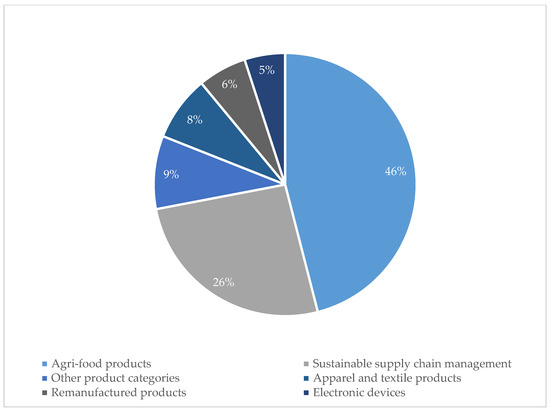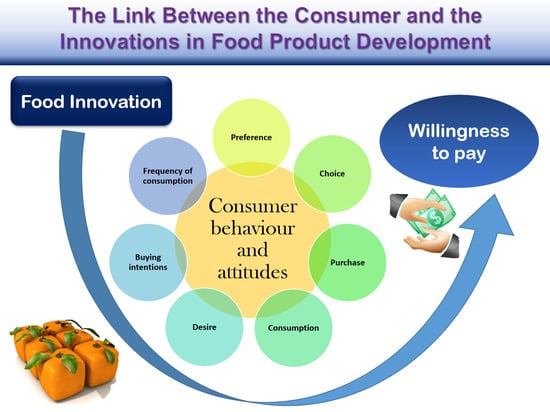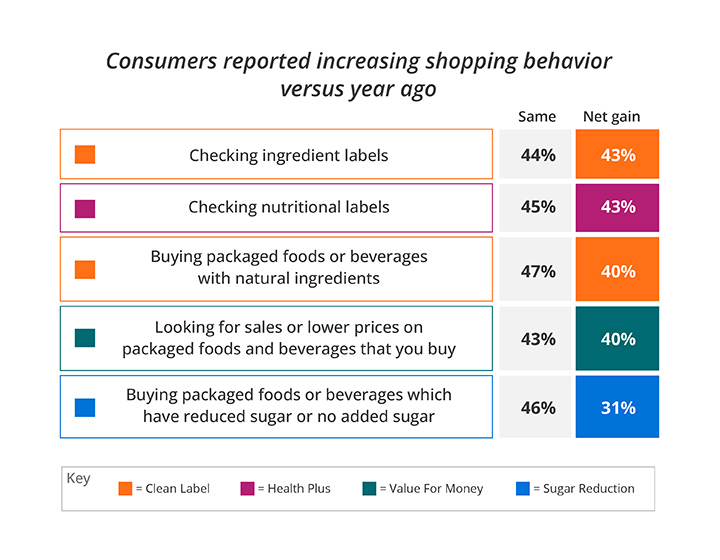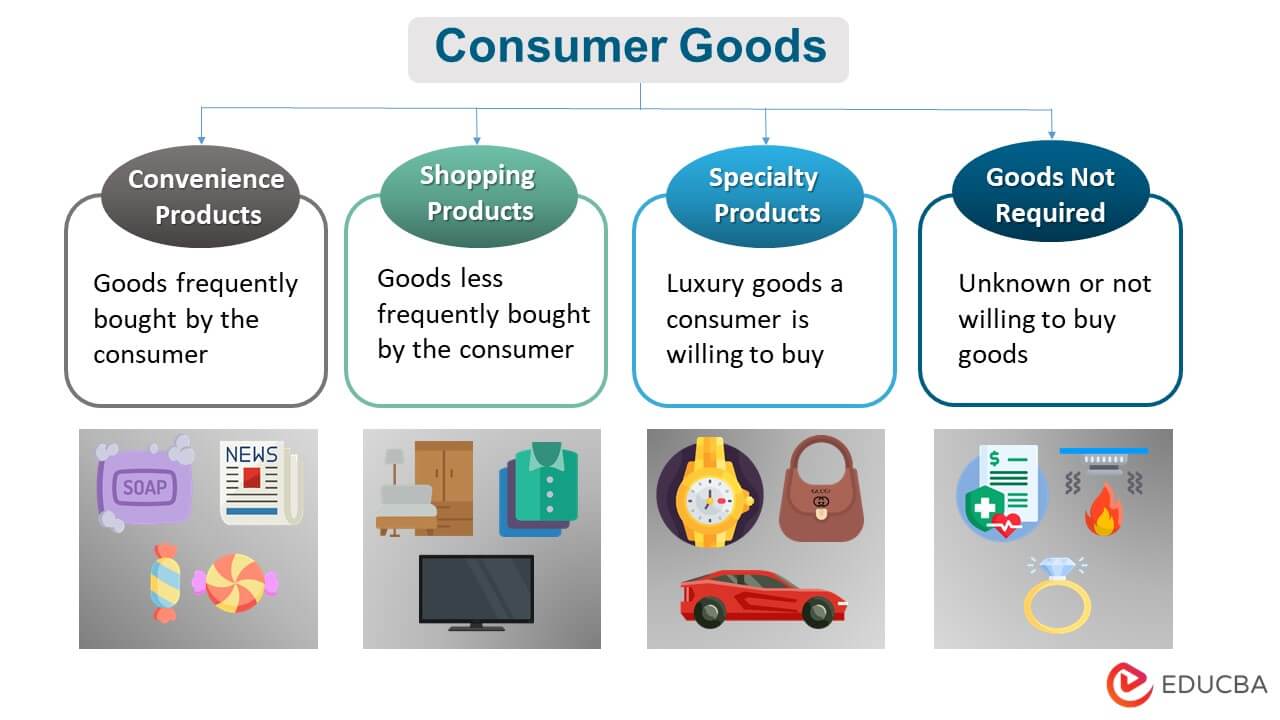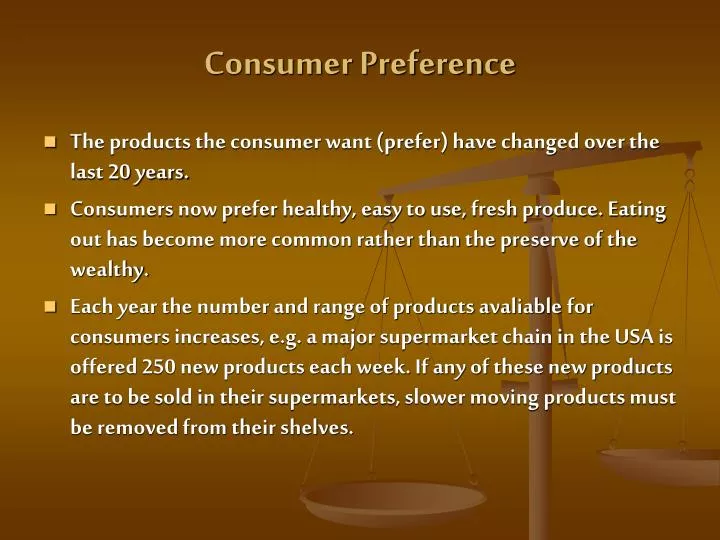Occurs When Production Is In Accordance With Consumer Preferences

In a world awash with goods and services, a fundamental question underpins economic stability and societal well-being: are we producing what people actually want? The alignment of production with consumer preferences, a cornerstone of market efficiency and economic progress, is increasingly under scrutiny as global supply chains face disruption, technological advancements reshape demand, and sustainability concerns alter consumer values.
This article delves into the complexities of production aligned with consumer preferences. It examines the mechanisms that facilitate this alignment, the challenges that hinder it, and the profound consequences when this vital connection falters. We will explore how businesses, policymakers, and consumers themselves play crucial roles in ensuring that what is produced effectively meets the ever-evolving needs and desires of society, drawing on expert analysis and real-world examples to illuminate the path forward.
The Market Mechanism: A Symphony of Supply and Demand
At its core, the concept of production aligning with consumer preference is built upon the principles of supply and demand. The market mechanism, ideally, acts as a dynamic feedback loop.
Consumer demand signals to producers what to create and in what quantities. Prices rise when demand exceeds supply, incentivizing producers to increase output; conversely, prices fall when supply exceeds demand, prompting producers to reduce production.
This intricate dance is not always perfect, however. Imperfect information, market failures, and external factors can disrupt the smooth functioning of this mechanism.
Signaling Demand: The Role of Data and Feedback
Businesses today have a wealth of data at their fingertips to gauge consumer preferences. Point-of-sale systems, online analytics, and social media listening tools provide insights into purchasing patterns, trending products, and emerging needs.
Companies are increasingly using this data to personalize products and services. This includes tailoring marketing campaigns, and even designing bespoke offerings to individual consumers.
Direct feedback from consumers, through surveys, reviews, and customer service interactions, also plays a vital role in shaping production decisions.
The Perils of Misalignment: Waste, Dissatisfaction, and Economic Loss
When production fails to align with consumer preferences, the consequences can be significant. Overproduction leads to waste, as unsold goods end up in landfills or are sold at a loss.
This not only represents a squandering of resources but also harms the environment. It can also lead to financial losses for businesses and investors.
Underproduction, conversely, can lead to shortages, price gouging, and consumer dissatisfaction. Consumers may be forced to accept inferior substitutes or go without entirely, leading to economic frustration and societal unrest.
Challenges to Alignment in the Modern Economy
Several factors can disrupt the alignment of production and consumer preferences in today's complex global economy. These range from the vagaries of forecasting demand to the ethical considerations of influencing consumer behavior.
Moreover, sustainability concerns have forced a reckoning with traditional models of production and consumption.
The Forecasting Dilemma: Predicting the Unpredictable
Accurately forecasting consumer demand is a perennial challenge for businesses. Tastes and preferences can shift rapidly, influenced by trends, social media, and unexpected events.
The rise of fast fashion, for example, has created a volatile environment where trends come and go in a matter of weeks. This makes it difficult for producers to anticipate demand and avoid overstocking.
Black swan events, such as pandemics or geopolitical crises, can further upend forecasting models and lead to significant disruptions in supply and demand.
The Influence of Marketing: Shaping vs. Meeting Preferences
The power of marketing and advertising raises ethical questions about whether businesses are truly meeting consumer preferences or simply shaping them. Critics argue that manipulative marketing tactics can create artificial demand for products that consumers do not truly need or want.
The use of targeted advertising, based on personal data, raises concerns about privacy and the potential for exploitation. Companies must strike a balance between informing consumers and manipulating their choices.
There is a growing call for greater transparency and accountability in marketing practices, to ensure that consumers are making informed decisions.
The Sustainability Imperative: Reconciling Consumption and the Planet
Perhaps the most pressing challenge to aligning production with consumer preferences is the need for sustainable consumption. Traditional models of economic growth, based on ever-increasing production and consumption, are no longer viable in the face of climate change and resource depletion.
Consumers are increasingly demanding products and services that are environmentally friendly and ethically sourced. Sustainable consumption
is now a major driver of purchasing decisions.
This shift requires a fundamental rethinking of production processes, from sourcing raw materials to minimizing waste and carbon emissions.
The Way Forward: Towards a More Aligned Future
Achieving a better alignment between production and consumer preferences requires a concerted effort from businesses, policymakers, and consumers themselves. This includes embracing new technologies, promoting ethical consumption, and fostering greater transparency and accountability.
Ultimately, success hinges on a shared commitment to creating a more sustainable and equitable economy.
Embracing Technology: Enhancing Efficiency and Responsiveness
Technology offers a range of tools for improving the alignment of production and consumer preferences. Artificial intelligence and machine learning can be used to analyze vast amounts of data and predict future demand with greater accuracy.
3D printing and other advanced manufacturing techniques enable businesses to produce goods on demand, reducing waste and allowing for greater customization. Blockchain technology can improve transparency and traceability in supply chains, enabling consumers to make more informed purchasing decisions.
E-commerce platforms and online marketplaces facilitate direct communication between producers and consumers, enabling businesses to respond quickly to changing needs and preferences.
Promoting Ethical Consumption: Empowering Informed Choices
Education and awareness campaigns can empower consumers to make more ethical and sustainable purchasing decisions. This includes providing information about the environmental and social impacts of different products and services.
Governments can play a role by implementing labeling requirements and regulations that promote transparency and prevent greenwashing. Consumers can also support businesses that are committed to ethical and sustainable practices by boycotting those that are not.
A shift towards a more circular economy, where resources are reused and recycled, can also help to reduce the environmental impact of consumption.
Fostering Transparency and Accountability: Building Trust
Building trust between businesses and consumers is essential for achieving a better alignment of production and consumer preferences. This requires greater transparency in business practices, from sourcing raw materials to manufacturing processes to pricing strategies.
Independent certification and auditing can provide consumers with assurance that products and services meet certain standards of quality and sustainability. Holding businesses accountable for their actions, through regulations and legal recourse, can also help to prevent unethical behavior.
Ultimately, a culture of trust and accountability will foster a more sustainable and equitable economy where production is aligned with the true needs and desires of society.
Conclusion
The alignment of production with consumer preferences is not merely an economic imperative; it is a cornerstone of societal well-being. While the pursuit of this alignment is fraught with challenges – from forecasting the unpredictable to navigating ethical dilemmas and embracing sustainability – the rewards are substantial: reduced waste, increased consumer satisfaction, and a more resilient and equitable economy.
By embracing technology, promoting ethical consumption, and fostering transparency and accountability, businesses, policymakers, and consumers can collectively forge a future where what is produced truly reflects what is valued, leading to a more prosperous and sustainable world for all. This is not a static goal but a continuous journey of adaptation and refinement, demanding constant vigilance and a commitment to putting the needs and desires of the consumer at the heart of the economic system.






